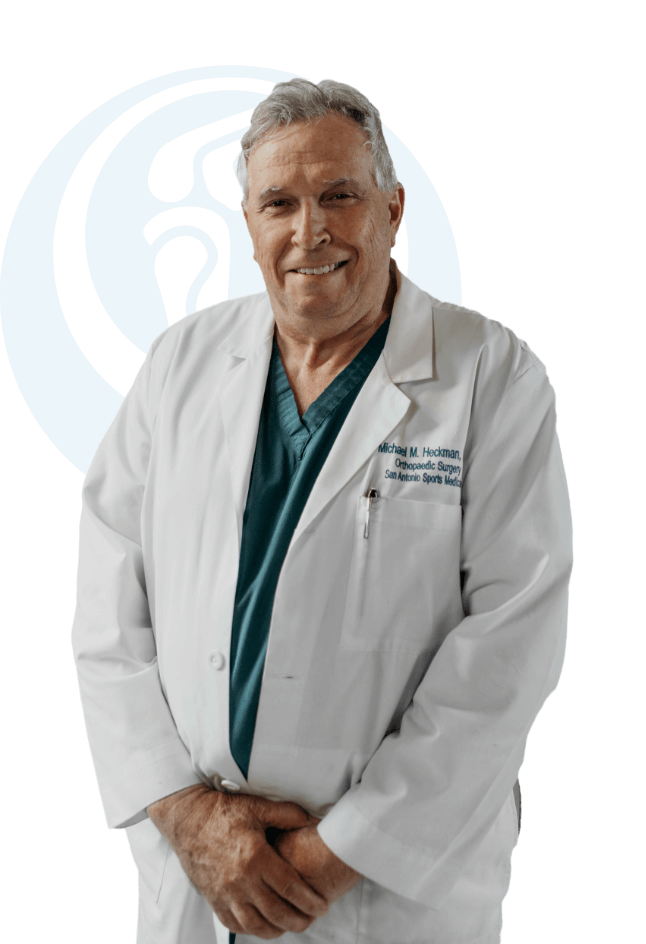
Stem cell therapy is a medical treatment that uses stem cells to repair or replace damaged tissues and cells in the body. Stem cells are a specialized type of cell that can differentiate into any other type of cell in the body, and so they have the potential to treat a wide variety of diseases and conditions.
There are two main types of stem cell therapy: autologous (using your own stem cells) and allogeneic (using donor stem cells). Autologous stem cell therapy is currently the most common form of stem cell therapy, as it minimizes the risk of rejection by the recipient’s immune system.
Common Questions for How Stem Cells are used in Orthopedics:
How Are Stem Cells Used In Othopedics?
Orthopedic stem cell therapy is a type of regenerative medicine that uses stem cells to repair and regenerate damaged tissues in the body. It is an emerging field of medicine with the potential to treat a wide range of orthopedic conditions, including osteoarthritis, tendon and ligament injuries, multiple sclerosis, cerebral palsy, and more. Orthopedic stem cell therapy involves the injection or application of stem cells onto a tissue graft or into the site of damage or injury. The stem cells then go to work promoting healing or repairing and regenerating damaged tissues.
Is Stem Cell Treatment A Good Option For Me?
Stem cell treatments have been shown to be effective in treating a variety of orthopedic conditions. This type of treatment may help you recover from your injury faster. Dr. Heckman has been involved in numerous research projects using stem cells and if you are considering using stem cells for your condition please schedule a consultation with him to discuss whether stem cell treatment is right for you. Dr. Heckman will review your medical history and conduct a physical examination to determine if you are a candidate for this type of treatment.
